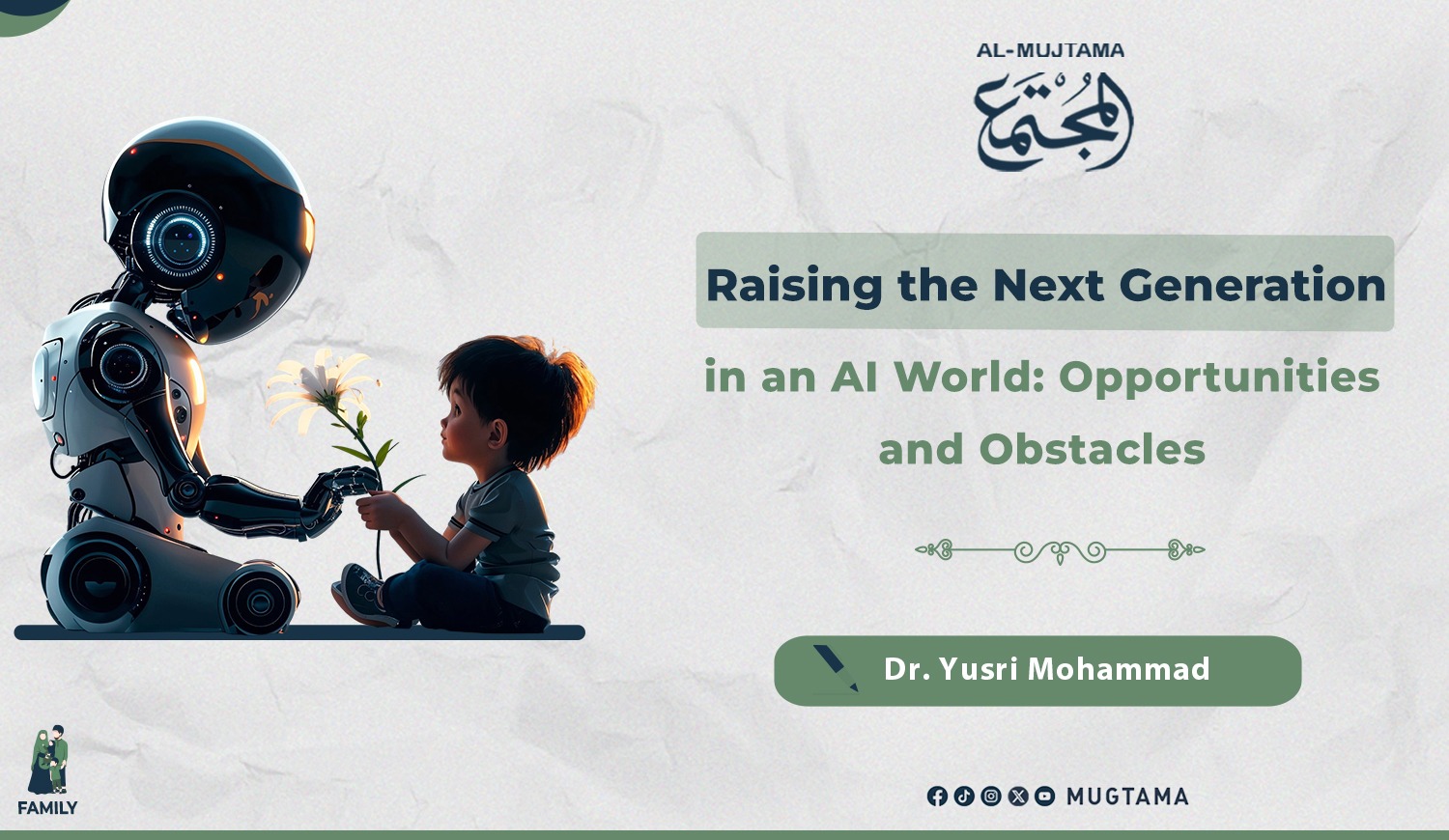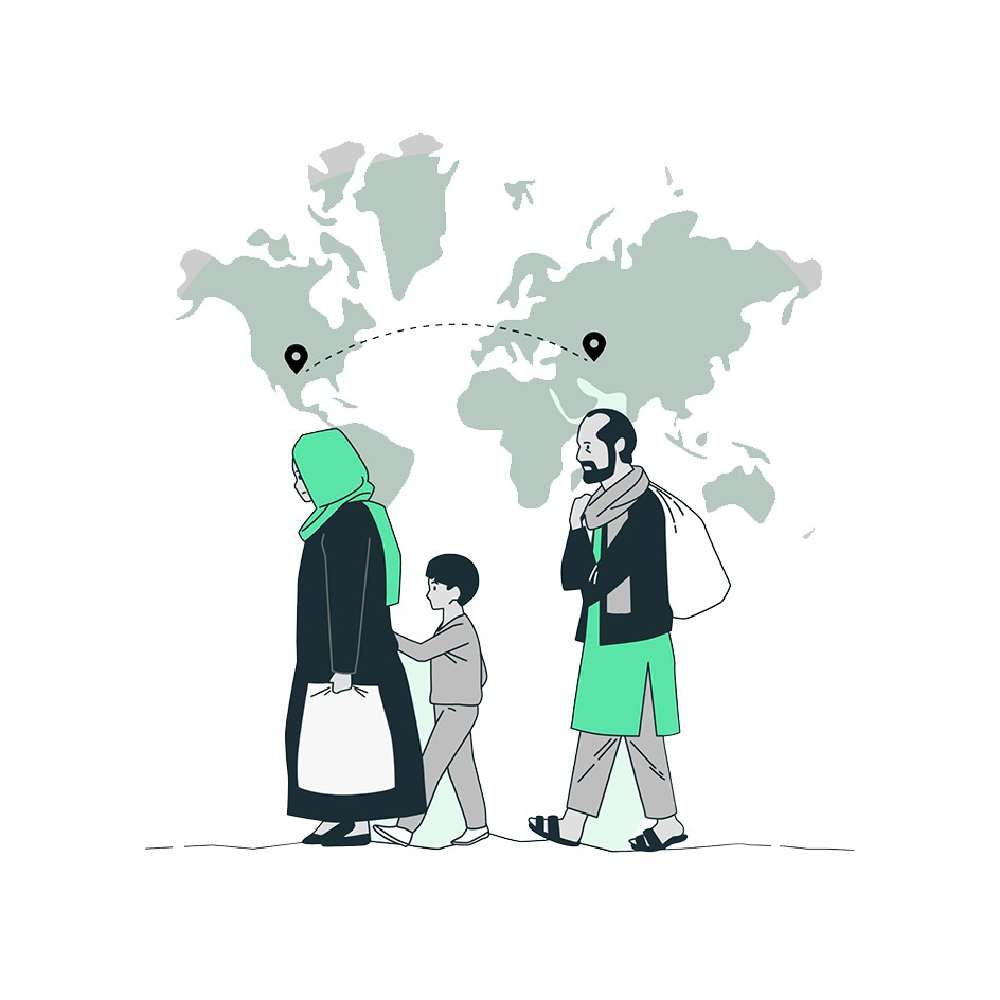AI and Our Kids:
Raising the Next Generation in an AI World: Opportunities and Obstacles

Artificial Intelligence (AI) is a rapidly evolving and
constantly changing field that can significantly impact on our lives,
especially those of our children. In this article, we'll discuss the negatives
and positives of AI for our children, offering tips on how to minimize the
drawbacks and maximize the benefits.
Positives of Artificial Intelligence for Children
- Interactive
Learning: AI can help provide interactive learning
experiences for children, which can increase learning effectiveness. AI
systems can use technologies like virtual reality (VR) and augmented
reality (AR) to create engaging and enjoyable learning experiences.
- Adaptation
to Child's Needs: AI can adapt to each child's individual
needs, which can help improve their academic performance. AI systems can
use a child's data to identify their strengths and weaknesses and provide
necessary support and assistance.
- Skill
Development: AI can help develop children's skills, such
as critical thinking and problem-solving. AI systems can use technologies
like educational games and interactive activities to teach children new
skills.
- Providing
Support: AI can offer support to children who face
learning difficulties or require additional assistance. AI systems can use
technologies like machine learning to analyze a child's data and provide
the necessary support.
Negatives of Artificial Intelligence for Children
- Technology
Dependence: The use of AI can lead to children becoming
dependent on technology, which may affect their social and communication
skills. Excessive reliance on technology can reduce social interaction and
face-to-face communication.
- Privacy: AI
use can impact children's privacy, as their personal data may be collected
and used in various applications. This could lead to security and privacy
risks for children.
- Impact
on Social Relationships: AI use can affect
children's social relationships, as they may spend less time with friends
and family. This can lead to a decrease in social communication skills and
personal relationships.
- Security
Risks: The use of AI can affect children's safety,
as they might be exposed to risks through interaction with insecure
systems. This can lead to security and privacy risks for children.
How to Minimize Negatives
- Parental
Supervision: Parents should monitor their children's AI
use and set necessary boundaries and restrictions. Parental supervision
can include setting limits on screen time and monitoring the applications
and websites children use.
- Education:
Children should be taught how to use AI safely and responsibly. This
education can include teaching children about security and privacy risks
and how to use technology responsibly.
- Safe
Design: AI systems should be designed with
children's safety and privacy in mind. Safe design can include using
technologies like encryption and identity verification to protect
children's data.
- Research
and Development: Research and development in the field of AI
should continue to improve its performance and reduce its risks. This can
include developing new technologies to enhance children's safety and
privacy.
Artificial Intelligence can be a powerful tool to improve our
children's lives, but we must be aware of the potential implications and work
to mitigate the risks. By working together, we can maximize the benefits and
minimize the drawbacks, ensuring our children benefit from AI in a safe and
responsible manner.











